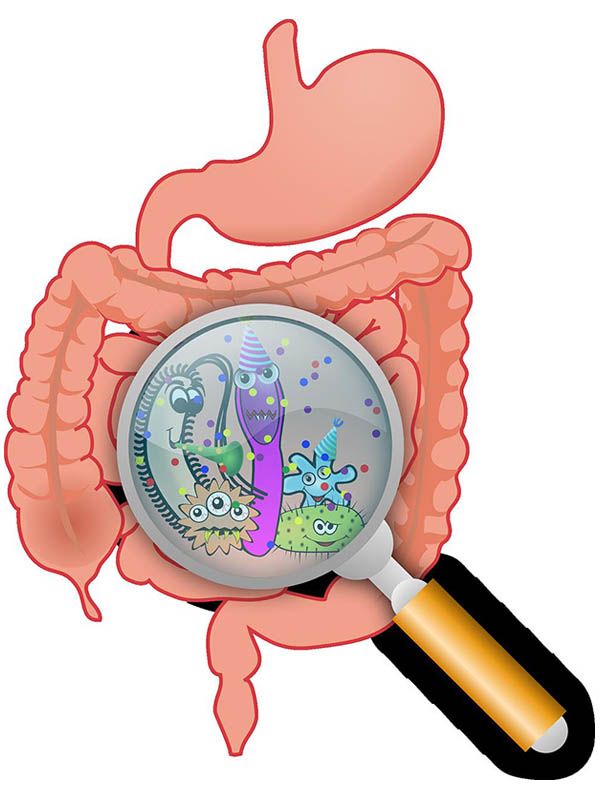
What are UTI’s? Urinary Tract Infections
Do you… Frequently or urgently need to urinate Often only pass small amounts of urine Have Pain or burning sensation when urinating These can be symptoms of urinary tract infections. There

An imbalance in your gut flora can lead to an overgrowth of a yeast called candida (Candida albicans), a type of fungus that lives naturally within the human body and aids digestion and nutrient absorption. When your candida levels are out of balance, the organism is kept in check by your good bacteria. If your microflora is imbalanced, however, candida can becore destructive, breaking down the wall of the intestine and penetrating into the bloodstream, thereby releasing toxic by-products into your body that can cause a raft of debilitating symptoms.
If you have an autoimmune problem there’s a good chance you have an imbalance in your gut microflora and an overgrowth of yeast in your body.
A simple yeast test you can do that takes 15 minutes and all you need is a glass of water and a sample of your own saliva.
Candida and bad bacteria feed off sugar so its important to avoid sugar for a period of time to kill off the bad bacteria in your gut.

Do you… Frequently or urgently need to urinate Often only pass small amounts of urine Have Pain or burning sensation when urinating These can be symptoms of urinary tract infections. There
Disclaimer – Our intent is not to diagnosis but to offer information on therapy choices and practitioners. Information on this site is intended general educational purposes only. Any statements made are carefully referenced and any information, products or services discussed are not intended to diagnose, cure, treat or prevent any disease or illness. Please consult a healthcare practitioner before making a choice.